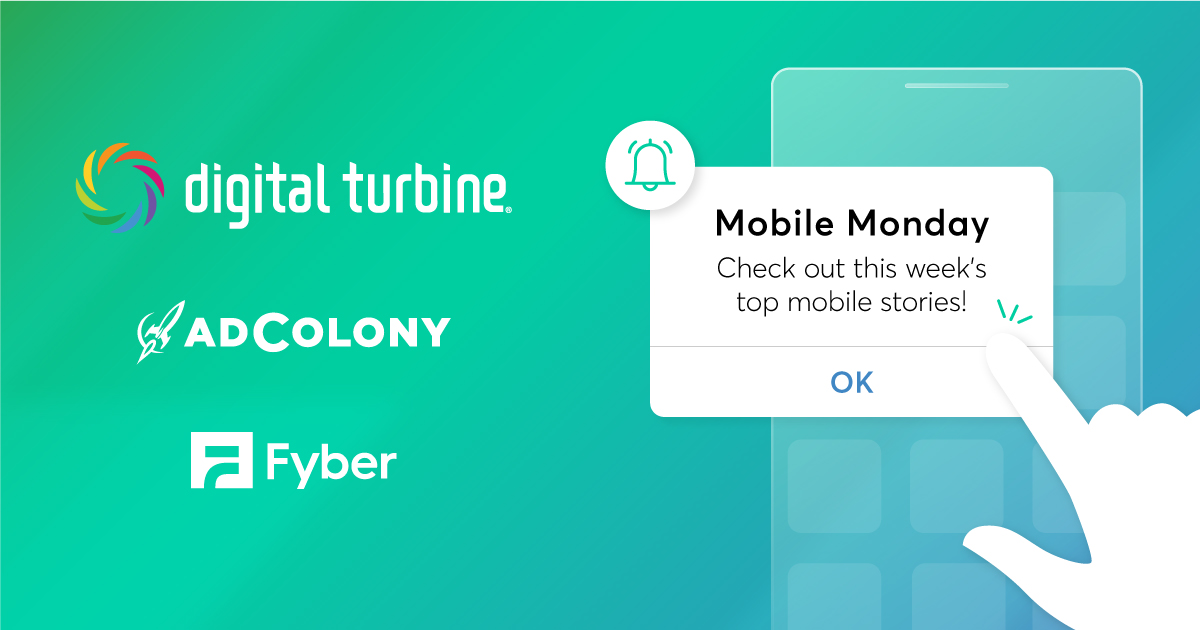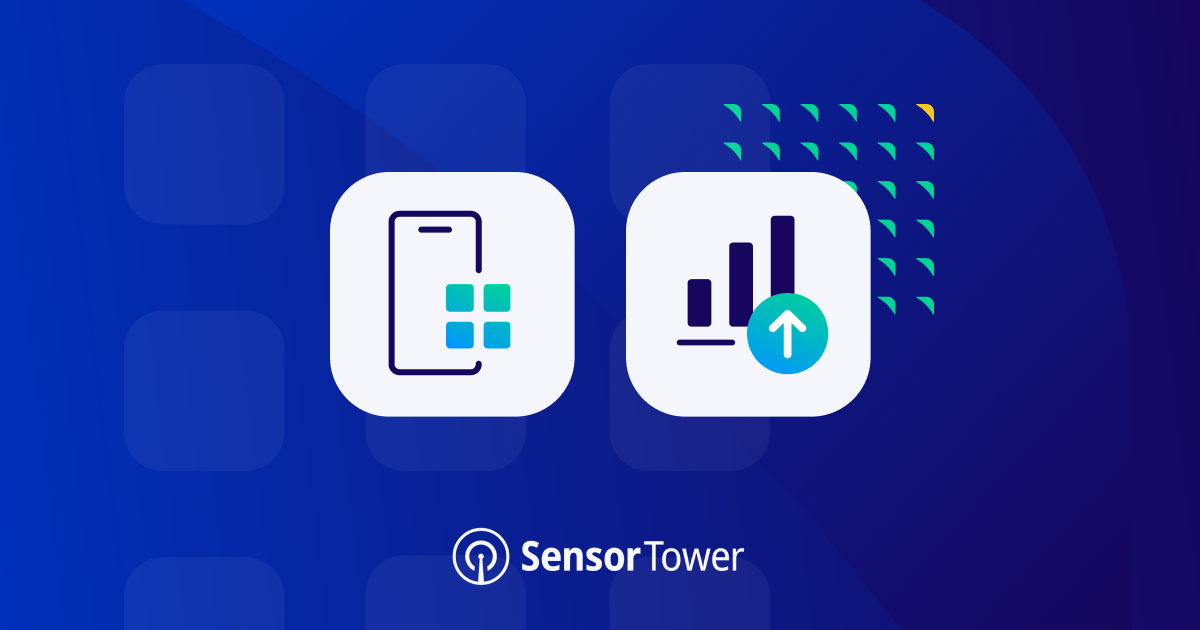To “have your cake and eat it too” is how we describe the impossibility of possessing two conflicting benefits at the same time, having the best of both worlds, so to speak. And yet the concept still exists, because we do want it both ways, no matter how impossible it may seem. The concept of “having it all” has tripled in search volume over the past decade, and we all know that what we Google reflects our dreams and goals. In the mobile app world, what does it mean to “have it all”?
We know the answer to this because our job is to know exactly what mobile app publishers want, and to help them achieve their dreams. The “dream” is to build an app that they’re insanely proud of, that provides massive value to millions of people – and then to make money from that app without compromising the user experience.
User experience is the #1 priority of mobile app development, and particularly within the mobile gaming segment. Great design (UI) and functionality (UX) attracts users, and then makes it easy to engage, thus retaining users over the long run – not to mention the value of a satisfied user when it comes to reviews and referrals.
The good news is that it is possible to monetize your app effectively and still maintain the high UI/UX standard that you’ve created. Why? Because you have choices. We are so far past the days where your only option was an irrelevant banner ad running across the bottom of the screen at inopportune moments. You can monetize through in-app purchases (e.g. virtual goods, additional content), advertising (display, video, etc.) or simply charge a fee to download your app.
This article focuses on advertising, as the number of choices can be overwhelming, and it also is the monetization method that most app publishers are wary of. But, if done correctly, advertising is an excellent way to “have it all.” Below are a few best practices to keep in mind as you move forward with this method:
Choose Your Ad Type Carefully
You’ll be tempted to only pick ad types that are highly profitable, such as in-stream pre-roll video, to get the most out of each impression. Between playables, banners, interstitials and rewarded video, you can examine the data on what works best for your type of app and make a decision based on that. (See here for a more comprehensive breakdown of your options.)
However, if you’re being highly considerate of UX, rewarded video ads will be your friend. According to the AdColony Mobile Publishing Survey, which asked publishers to rank monetization channels on their impact on user experience, rewarded video ads have the most impact on UX:
- Rewarded video ads received the highest average score (11.3) for having the most favorable impact on UX.
- Other high-scoring types included interstitial video (10.4), interstitial display (10.3), and pre-roll video ads (9.4).
- Banner display ads have recently made a comeback in hypercasual apps and according to surveyed publishers, are better for UX (8.6) than in-app purchases (5.9) and paid subscriptions (3.58) which received the lowest average score.
Right Time, Right Place
Did you know that the placement of an ad determines about 70% of its success? While that can be a scary statistic for many publishers who may feel they have little control over where ads will run, that is not the case. When working with a quality mobile ad partner, their decision-making algorithms will select the “right” time and place to serve the ad, such as after a user completes a task or conquers a level and a break is warranted.
Additionally, you’ll be able to leverage proper ratios of time spent vs. ad time, with session time data informing decisions about how long each ad should be, and even if the lengthier ones can be skippable. See the pattern here? Your ultimate goal here is to display advertising so that it will be effective, and also not annoy them or create interruptions within the app, and the way to do that is through decisions informed by your own UX data (analytics, A/B tests and usability testing sessions) and the data-based experience that mobile ad networks have at their disposal.
Know Your Audience
While some types of users are more likely to be irritated by advertising, others, like younger age groups, are accustomed to it. From Nielsen:
Millennials understand the necessity of ads in order for brands to inform the public of their products and services (79%) and many say that overall, ads don’t bother them (46%) – especially if the content they’re viewing is free (75%).
So if your target audience is Millennials, you have far more leeway, especially if you openly communicate about why they are seeing ads. Further studies show that when you include a phrase such as “this ad helps keep this game free” in your pre-frame communication or in-app messaging, users then are more accepting of it.
Lastly, consider creating a feedback loop from your users for direct information about their experience. This will not only help you understand which types of ads turn them off, but you’ll also be able to further improve your app design.
Join the Conversation
Do you have any monetization best practices while preserving UX ? Tweet us at @AdColony. For the latest AdColony mobile news and updates, follow @AdColony on Twitter, like us on Facebook, or connect on Linkedin.



